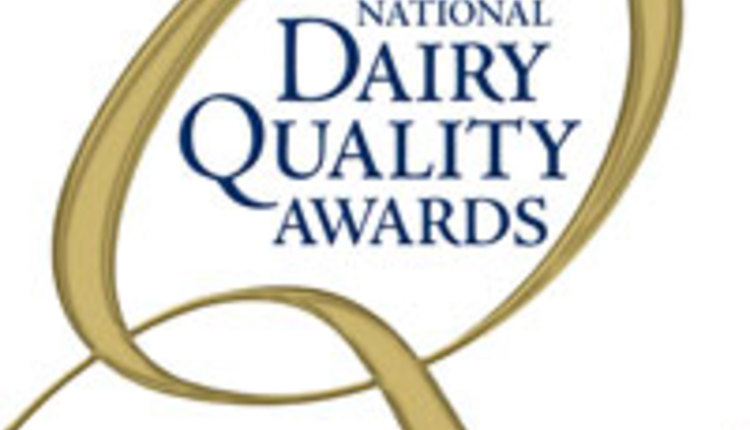The dairy sector, particularly Pennsylvania, has had a few weeks of some optimism along with continued concern. With the tentative agreement on a new North American Trade relationship with Canada and Mexico, the U.S. dairy industry may be poised to strengthen our export markets. While the agreement must still be approved by Congress, there is optimism that this agreement will pass, and eventually the U.S. dairy markets will reap the benefits. Nearby futures prices have not yet responded to this potential boost to exports because the provisions of the trade agreement will not take effect for at least 6 months. A price bump, due to this trade agreement, will probably be noticed in the fall of 2019.
Class III futures prices for the first 6 months of 2019 are up over a dollar compared to the first 6-month Class III prices of 2018. This is good news, especially considering the general oversupply of dairy markets. However, even with the nice boost in Class III prices, most farm gate prices are still below the cost of production in Pennsylvania.
The Penn State Dairy Extension Team’s cash flow work with dairy producers shows that the average farm gate price for January-June 2018 was $15.10/cwt. However, the range of farm gate prices was nearly $4.00/cwt (High of $17.00/cwt, low of $13.10/cwt). That variation in price occurred due to milk components, the type of markets to which the milk was shipped (mostly fluid, or mostly Class III and IV) and the level of extra location adjustment and marketing adjustment taken by the cooperative to which the milk was shipped.
Unfortunately, this has been a particularly challenging growing season, especially in saturated Pennsylvania. Starting with the miniscule harvest windows for small grain forages, forages have been tough to get harvested at optimal quality and dry matter. This has caused some quality and supply issues in the hay markets, causing statewide greater price fluctuations. The end of the season harvests for corn silage and grains are also proving challenging not only to get into fields to harvest, but quality issues are becoming an increasing concern. Though there are some drops in feed prices nationally, as seen in Table 1, Pennsylvania’s feed costs are currently not decreasing at the same pace. Hopefully this is a temporary fluctuation and not a long-term trend.

